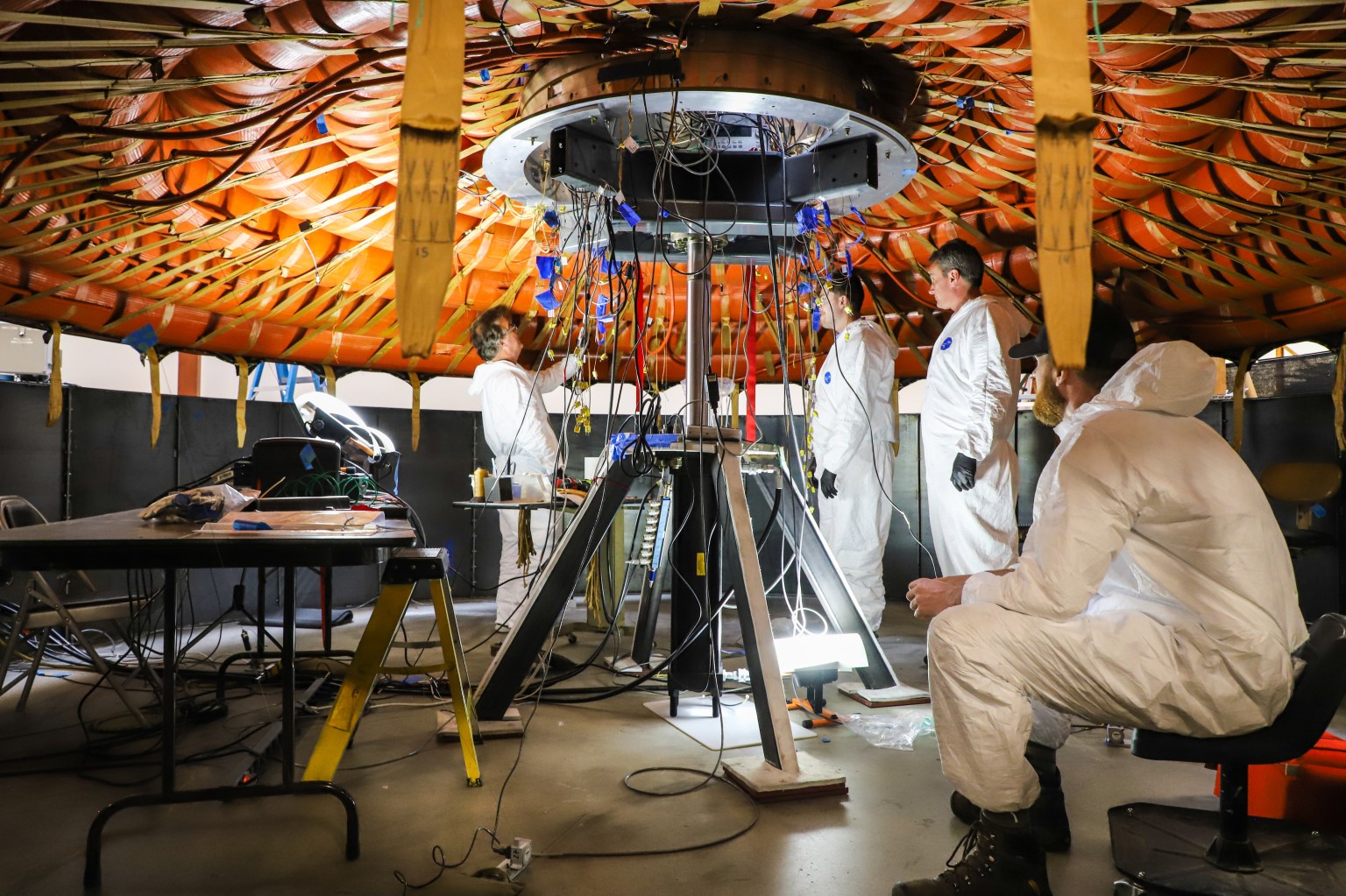Space Nuclear Propulsion (SNP)
About SNP
Space nuclear propulsion draws energy from atomic fission reactions instead of traditional chemical reactions, thus providing comparatively unlimited energy and opening the door for robust and enduring access throughout the solar system.
NASA’s Space Nuclear Propulsion (SNP) Office aims to revolutionize space travel by developing and demonstrating higher performance propulsion systems to achieve the agency’s ambitious science and exploration goals. Within this effort, NASA is exploring two propulsion systems – nuclear thermal and nuclear electric – each providing unique and complementary capabilities.
Nuclear thermal propulsion provides high thrust at twice the propellant efficiency of chemical rockets, freeing up weight and mass for payload and mission-essential supplies aboard the spacecraft. Heat is generated in the fission reactor and directly transferred to a flowing liquid propellant turning it into a gas, which is then expanded and exhausted through a nozzle to propel a spacecraft.
Nuclear electric propulsion uses heat from the fission reactor to generate electricity, much like nuclear power plants on the Earth. That electricity is then used to ionize a gaseous propellant and electromagnetically accelerate it, generating thrust that propels a spacecraft.
Developing advanced space nuclear propulsion systems is key to NASA’s Moon to Mars vision. It will allow for more rapid transits to destinations from the Moon to Mars and across the outer solar system. Nuclear propulsion systems can also provide much higher power for onboard instruments and communication systems, which can be especially beneficial as the spacecraft travels farther from the Sun where the ability to harness solar power becomes impractical.
SNP News Articles

NASA Marshall Engineer Receives AIAA Honors Award

NASA Announces Nuclear Thermal Propulsion Reactor Concept Awards
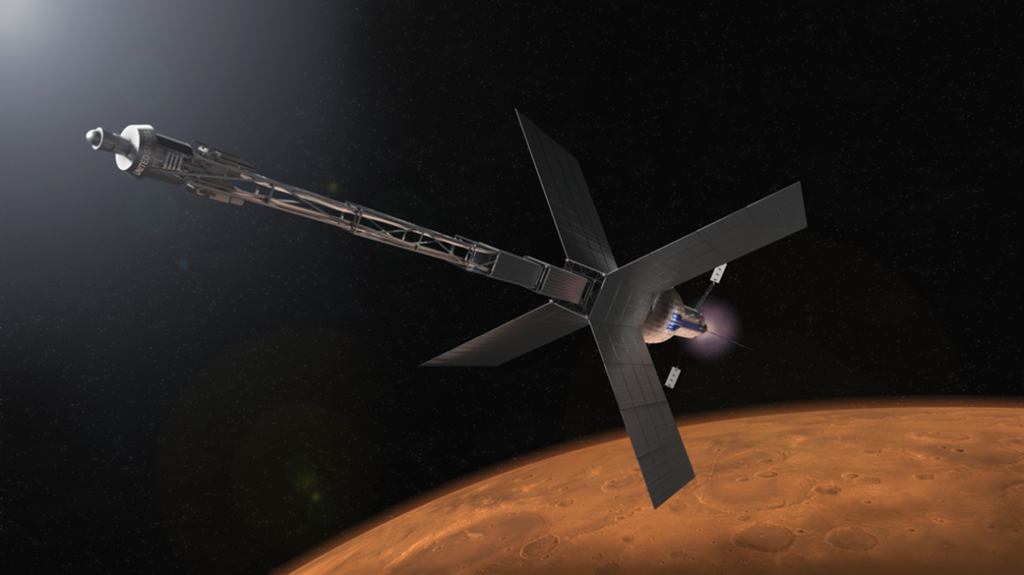
Nuclear Propulsion Could Help Get Humans to Mars Faster
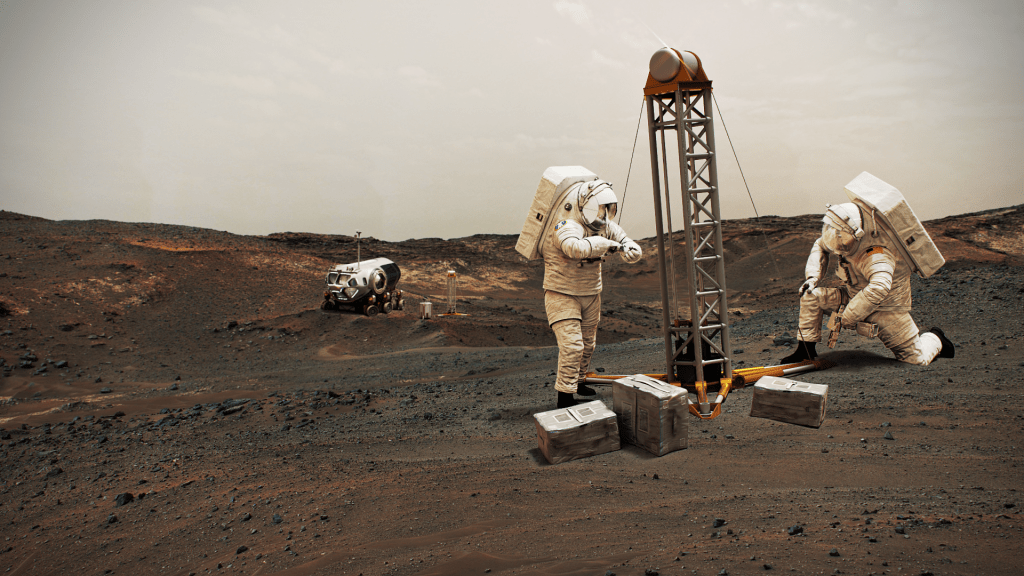
6 Technologies NASA is Advancing to Send Humans to Mars
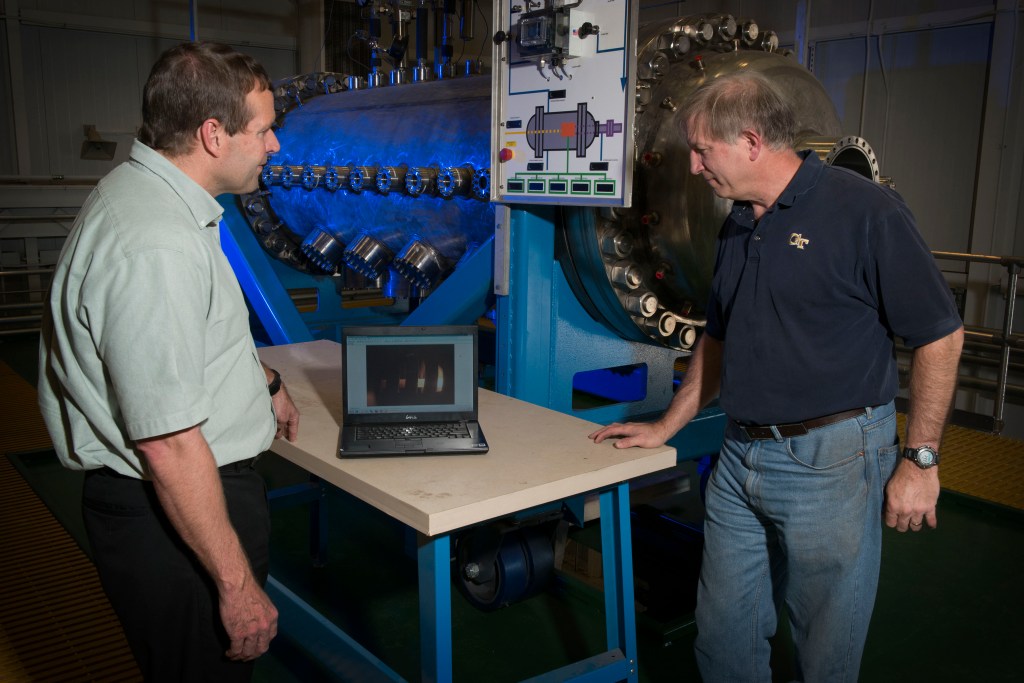
Nuclear Thermal Propulsion: Game Changing Technology for Deep Space Exploration
Project Updates:
- In February 2021, NASA and the Department of Energy (DOE) requested proposals from industry for preliminary reactor design concepts for a nuclear thermal propulsion system. In July 2021, the government selected three industry teams (Ultra Safe Nuclear Technologies, General Atomics, and BWX Technologies) for Phase 1 efforts to explore different reactor and engine design approaches using commercial-grade uranium fuel. In 2023, Ultra Safe Nuclear Technologies and General Atomics were awarded contract extensions to continue their efforts. In 2025, a second contract extension was awarded to General Atomics and Standard Nuclear (which acquired Ultra Safe Nuclear Technologies).
- Also, in 2021, the National Academies of Science, Engineering, and Medicine issued a report entitled “Space Nuclear Propulsion for Human Mars Exploration.” This report, commissioned by NASA’s Space Technology Mission Directorate, “identifies primary technical and programmatic challenges, merits, and risks to developing an operational space nuclear propulsion system of interest to future exploration missions.”
- In 2020, NASA began developing a technology maturation plan to support investment decisions on nuclear electric propulsion systems. NASA hosted several focused, open-forum meetings with hundreds of subject matter experts and stakeholders to discern the current state of the art and development paths for the critical subsystems. The goal was to write a plan that identified specific, high-confidence, viable NEP system design options and develop an understanding of the tasks required to mature critical technologies.
- Since 2016, NASA and its partners have focused on nuclear thermal propulsion technology maturation and risk reduction. This effort included fuel element manufacturing and testing; engine performance and feasibility analysis; developing a safe, affordable engine ground test approach; developing a cost and schedule estimate for the design and fabrication of a full engine system; and demonstrating successful long-term storage of liquid hydrogen propellant. Nuclear and non-nuclear testing of materials, most specifically nuclear fuel options, were performed at NASA and DOE facilities.
- A 2016 Memorandum of Understanding (MOU) between NASA and DOE is the basis of interagency work on nuclear propulsion. An October 2020 MOU expands on that agreement, establishing working groups that focus on developing interagency collaborations for space nuclear power and propulsion.
Space Nuclear Propulsion Technical Paper
Nuclear electric propulsion systems use propellants much more efficiently than chemical rockets but provide a low amount of thrust. Using low thrust efficiently, nuclear electric propulsion systems accelerate spacecraft for extended periods and can propel a Mars mission for a fraction of the propellant of high thrust systems.
Learn More about Space Nuclear Propulsion Technical Paper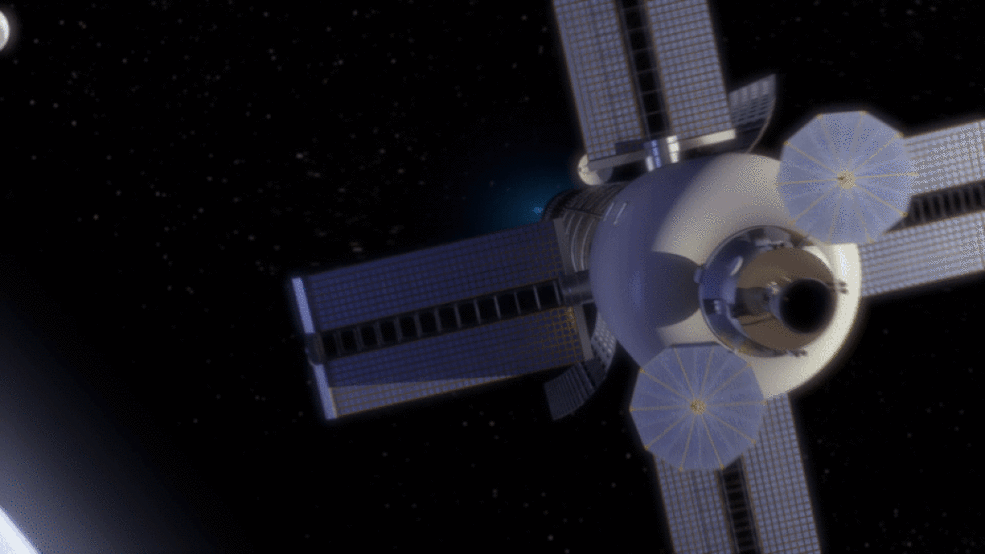
Fast facts:
- NTP provides high thrust for orbital escape and entry using propellant more efficiently than chemical propulsion systems. The technology can decrease trip time, increase payload mass at the destination, and enable abort scenarios that allow a crew to divert from Mars and return safely to Earth.
- NEP has a much higher propellant efficiency than NTP and offers comparable increases for mission payload mass. NEP systems can be augmented with a high-thrust stage to execute orbital escape and entry maneuvers for human exploration missions.
- The SNP Office has been recently working to identify attributes for nuclear propulsion systems that are advantageous for deep space science missions that enable missions that would not otherwise be possible with traditional propulsion systems. Specifically, nuclear systems can accelerate planetary science for missions across the solar system by enabling orbiters, landers, and sample returns from a much greater number of destinations. These systems can also increase the volume of data that can be collected and transmitted back to Earth.
- Chemical propulsion – like that used for Apollo, space shuttle, and Artemis – is expected to be used for payload launches due to its continued technical and economic benefit. For missions that use nuclear propulsion once in space, NASA would not activate those systems until the spacecraft is at a distance from Earth that guarantees safe operation. Nuclear powered spacecraft will be placed in orbits that have a decay lifetime which exceeds the time required for any radioactivity to reduce to a safe limit.
- Nuclear propulsion can provide solar-independent power for years with minimum need for refueling and maintenance.
- Materials inside a space fission reactor must survive extreme temperatures, with nuclear electric systems operating at or above 1,700 Fahrenheit and nuclear thermal systems requiring temperatures at or above 4,800 Fahrenheit.
History
- The United States has been intermittently investigating the use of nuclear propulsion for in-space applications for almost 70 years.
- NASA and the Atomic Energy Commission (now part of the DOE) made significant investments and progress at the dawn of the Atomic Age, starting in 1955 as the Los Alamos National Laboratory’s Project Rover and then transitioning to the Nuclear Engine for Rocket Vehicle Applications (NERVA) program, between 1961 and 1973.
- The Atomic Energy Commission and U.S. Air Force started the Systems Nuclear Auxiliary Power (SNAP) program in 1955, and it continued as a partnership between the AEC and NASA through 1973. Many of the technologies developed under SNAP were for radioisotope power generators, but there was also significant fission power system work, culminating with SNAP-10A in 1965 – the first and only U.S. nuclear fission reactor in space.
- Multiple NTP and NEP technology development efforts have existed since the end of the NERVA and SNAP programs. Highlights include the SP-100 program, the Space Exploration Initiative, the Space Nuclear Thermal Propulsion program, and Project Prometheus.
Partners:
- NASA’s space nuclear propulsion project is led by the agency’s Space Technology Mission Directorate and funded through its Technology Demonstration Missions program based at NASA’s Marshall Space Flight Center in Huntsville, Alabama. The project, also at Marshall, collaborates with DOE to advance the key technologies needed for future human missions to Mars.
- DOE facilities supporting NASA’s space nuclear propulsion project include Idaho National Laboratory, Oak Ridge National Laboratory, and Los Alamos National Laboratory.
- In addition to Marshall, NASA centers supporting nuclear thermal propulsion activities include NASA’s Glenn Research Center in Cleveland and NASA’s Stennis Space Center in Mississippi.
- Nuclear thermal propulsion development is also supported by the Massachusetts Institute of Technology, University of Alabama Huntsville, Aerojet Rocketdyne, BWX Technologies, UltraSafe Nuclear Corporation, the Aerospace Corporation, Analytical Mechanics Associates, and Geocent.
- Each supporting entity brings its own unique expertise and capabilities to contribute to the goal of realizing a high-performance fission-based propulsion system to enable extended human exploration of the solar system.



























